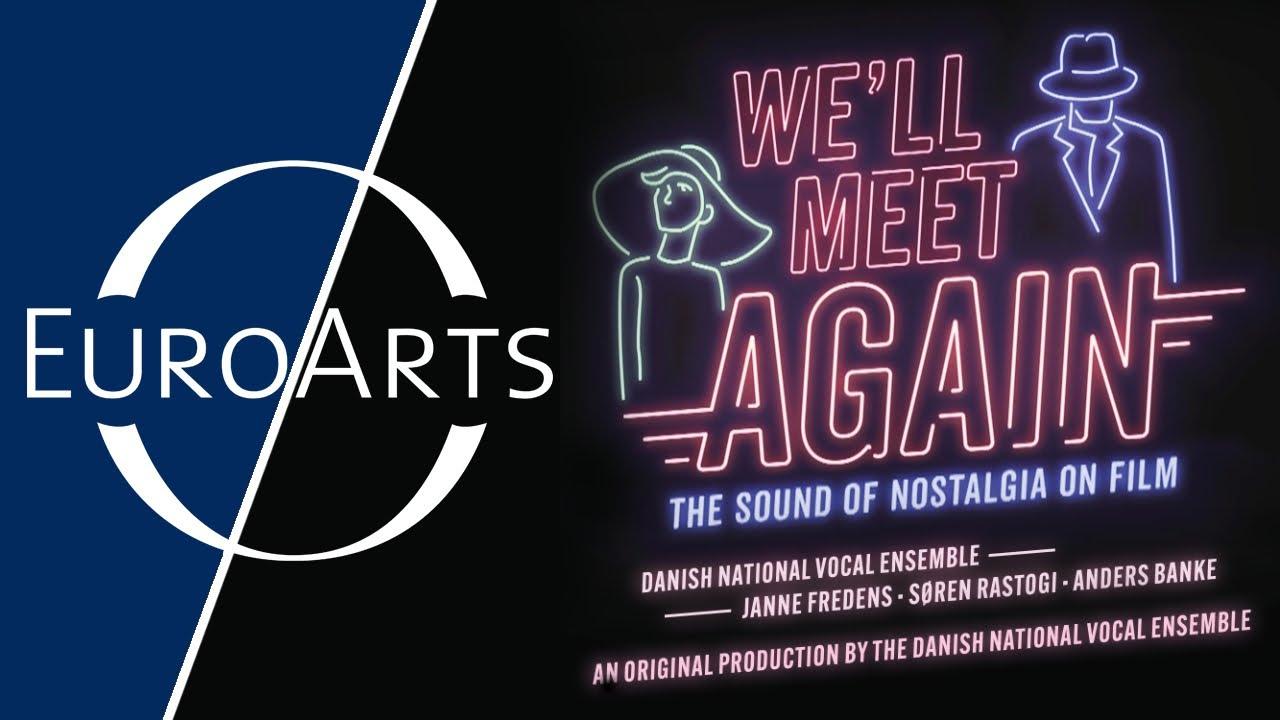In recent years, Hollywood has witnessed a remarkable resurgence, with box office records shattered and streaming platforms thriving. At the heart of this phenomenon lies a curious question: is nostalgia the driving force behind this success? As franchises are rebooted, classic tales reimagined, and beloved characters resurrected, it becomes imperative to examine the potent allure of nostalgia. This article delves into the intricate relationship between the past and present in Hollywood, exploring how the longing for bygone eras might be fueling the industry’s current triumphs. With a confident lens, we analyze whether this sentimentality is merely a trend or a fundamental pillar of modern cinematic appeal.
Nostalgia’s Influence on Box Office Revenues
In recent years, Hollywood has seen a surge in films that capitalize on the power of nostalgia, tapping into audiences’ fond memories to drive box office success. Classic franchises are being revived, beloved characters are making comebacks, and sequels to iconic films are being produced at a remarkable rate. This trend is not just about rehashing old stories; it’s a strategic move to harness the emotional connections that audiences have with these familiar narratives.
Several factors contribute to this phenomenon:
- Emotional Connection: Audiences are more likely to invest in films that evoke a sense of familiarity and comfort, leading to repeat viewings and increased ticket sales.
- Proven Success: Studios often prefer to bank on established franchises with a proven track record, minimizing financial risks.
- Cross-Generational Appeal: Nostalgic films often attract multiple generations, as older audiences revisit their favorites and younger ones discover them anew.
This strategic leveraging of nostalgia not only boosts revenues but also ensures a steady stream of content that resonates deeply with audiences, securing Hollywood’s ongoing success.

The Role of Reboots and Remakes in Capturing Audiences
In the ever-evolving landscape of Hollywood, reboots and remakes have become pivotal in drawing audiences back to theaters and streaming platforms. These reimagined narratives often leverage the powerful pull of nostalgia, tapping into cherished memories while offering fresh perspectives. By revisiting beloved franchises and stories, studios create a familiar yet exciting experience for both long-time fans and new viewers.
Several factors contribute to the allure of these modern retellings:
- Emotional Connection: Audiences are drawn to the comfort of familiar characters and settings, rekindling past emotions.
- Cultural Relevance: Updating classic stories to reflect contemporary themes and societal changes keeps them relatable.
- Technological Advancements: Enhanced special effects and production quality breathe new life into older narratives.
While nostalgia undeniably plays a significant role, the success of reboots and remakes also hinges on their ability to innovate and resonate with today’s cultural landscape.

Analyzing Audience Engagement Through Nostalgic Content
In recent years, Hollywood has leaned heavily on nostalgic content, tapping into the collective memories of audiences to drive engagement. This strategy hinges on the emotional connection viewers have with past experiences, which can significantly enhance their interaction with modern media. By revisiting beloved franchises, remaking classic films, or incorporating retro elements into new projects, creators are effectively leveraging the psychological comfort that nostalgia provides. But how does this translate into audience engagement?
Key factors include:
- Emotional Resonance: Nostalgia evokes feelings of warmth and familiarity, making audiences more likely to share and discuss content.
- Community Building: Shared memories foster a sense of belonging, encouraging fans to form communities around nostalgic content.
- Increased Loyalty: Familiarity breeds trust, often resulting in a more dedicated fan base that is eager to consume related content.
By analyzing these elements, it’s clear that nostalgia not only captivates audiences but also deepens their engagement, contributing significantly to Hollywood’s ongoing success.

Strategic Recommendations for Leveraging Nostalgia in Film Production
To capitalize on the powerful allure of nostalgia, filmmakers must craft a balance between familiar elements and innovative storytelling. Revisiting beloved franchises with a fresh perspective can entice both long-time fans and new audiences. This involves not just recreating iconic scenes or characters, but expanding the universe in unexpected ways that resonate with contemporary themes.
- Engage with Original Creators: Collaborating with those who shaped the original narratives can lend authenticity and depth to the new iterations.
- Innovate with Technology: Use cutting-edge technology to enhance storytelling, offering audiences a novel yet familiar experience.
- Target Multigenerational Appeal: Craft stories that appeal across age groups, allowing different generations to connect over shared memories.
By thoughtfully integrating these strategies, filmmakers can harness nostalgia not just as a gimmick, but as a dynamic tool for storytelling that drives both emotional and financial success.

